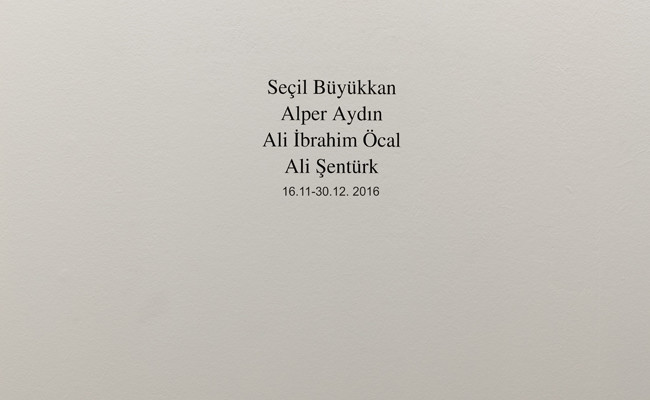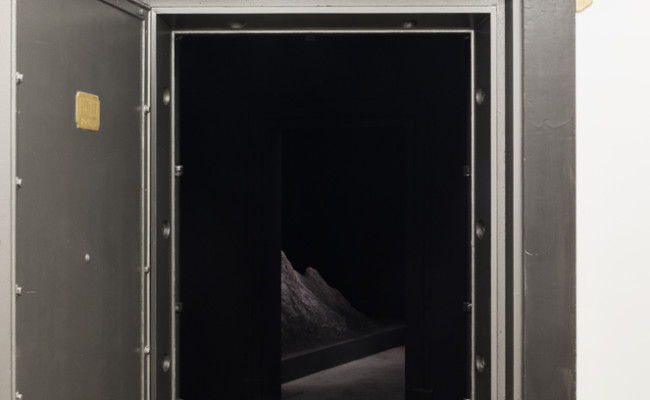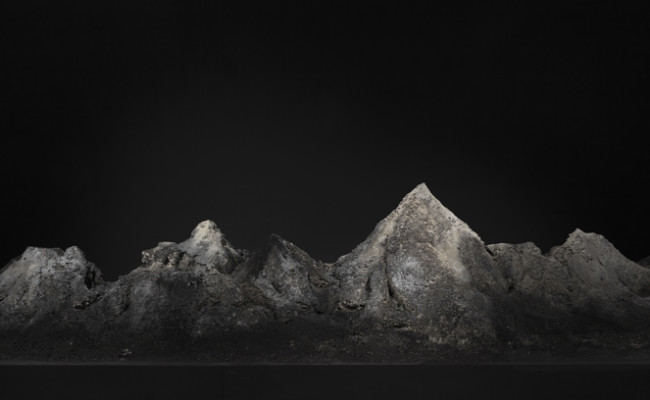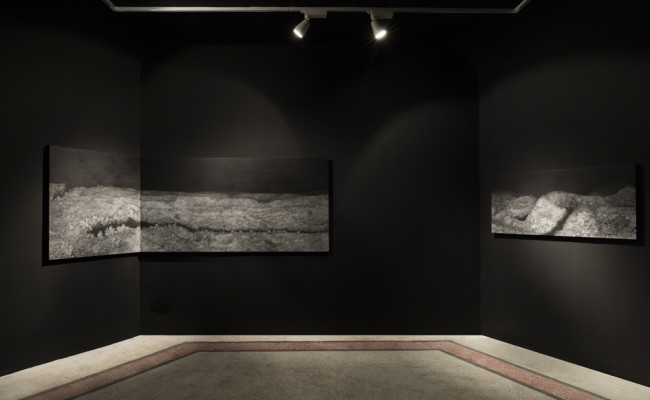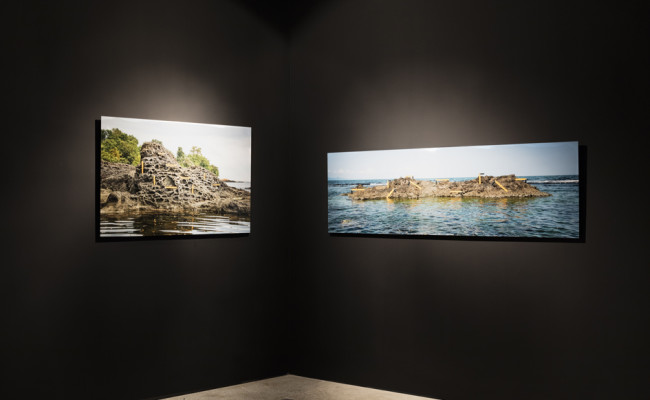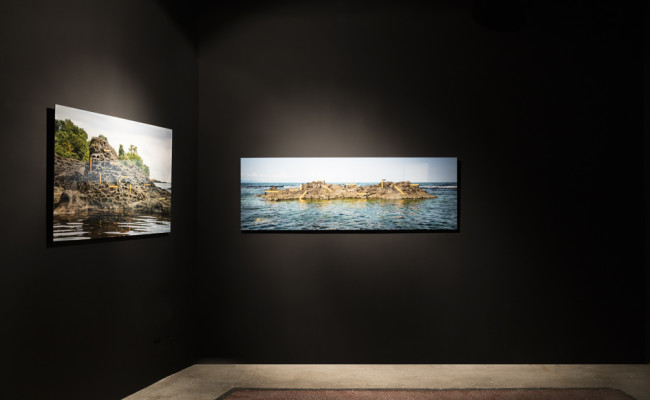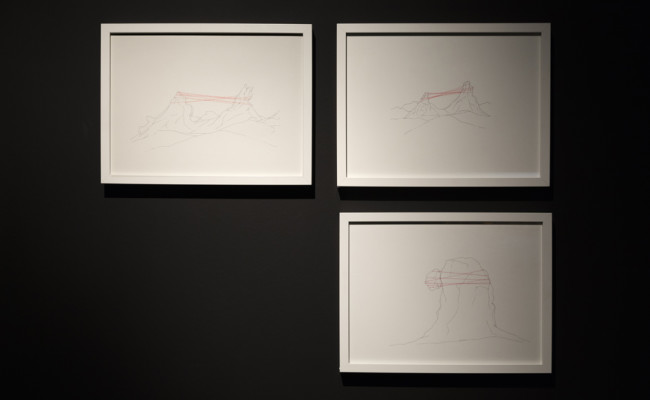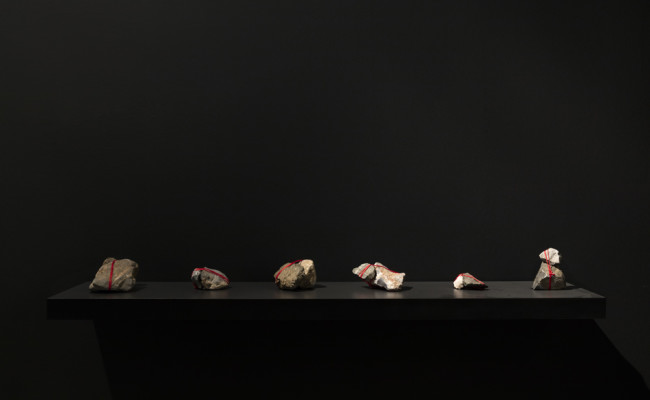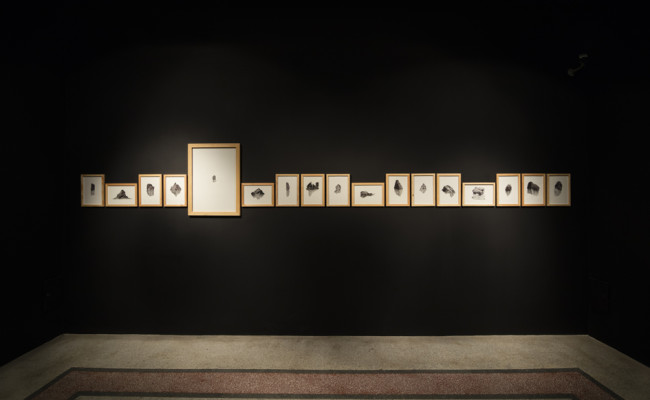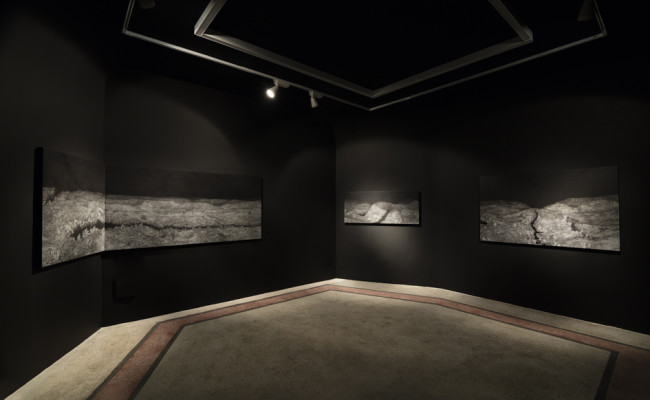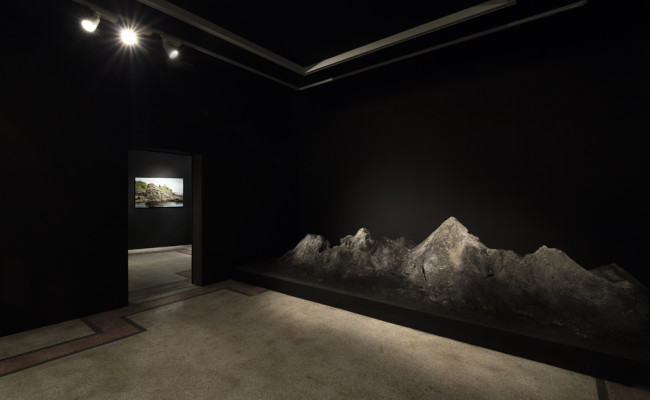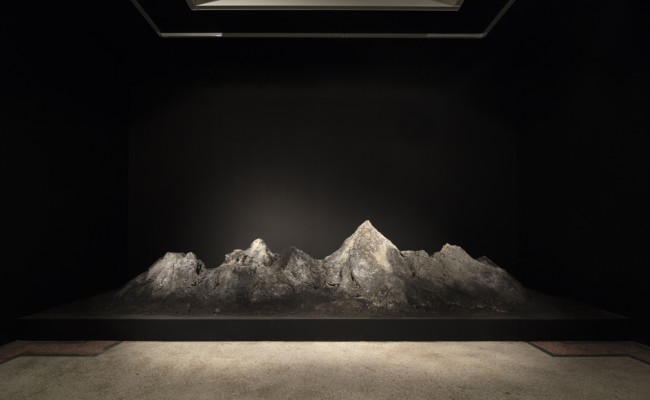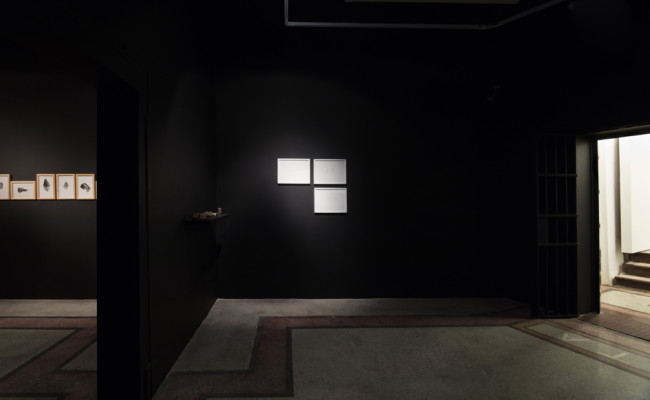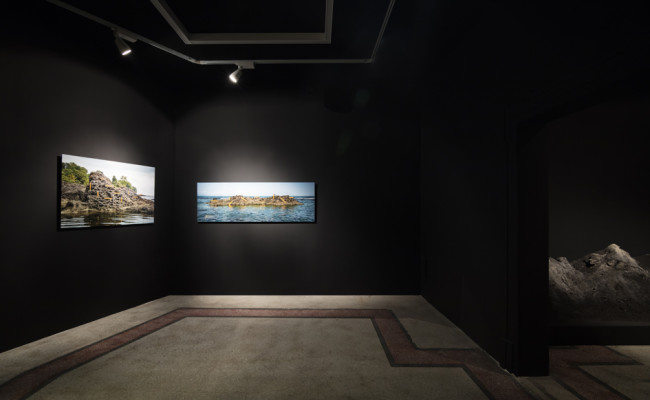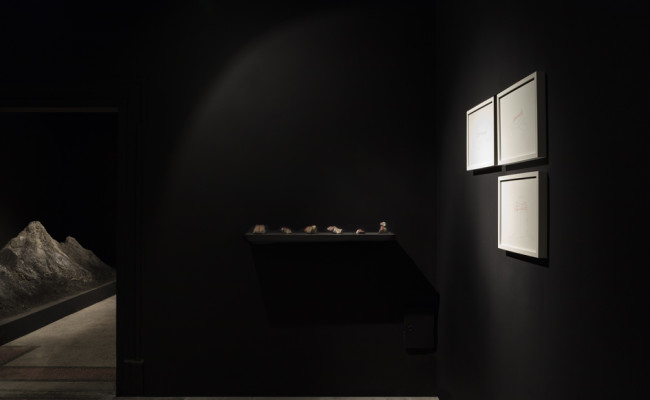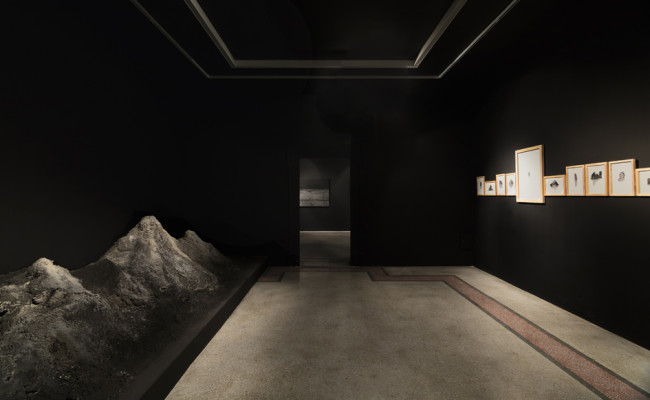Seçil Büyükkan
Alper Aydın
Ali İbrahim Öcal
Ali Şentürk
“Did you ever think an apple using you?”[1] This question of Michael Pollan alludes that human and botanic (nature) –which is thought to be tamed, domesticated, and changed under human domination– are perhaps together, actors of an evolutionary negotiation, hence the same dance: between human desires and plant desires, where survival functions depending on a dialectical process, a dance that demands the participation of both sides. A relation of strategy in which the human follows his/her desires to live, to beauty, to health, to benefit, and the plant (nature) uses this desire in favor of its evolutionary interests, to sustain its being… In this shared evolutionary relation, traditional distinction between the subject and object is meaningless. At times of conceiving the world over the distinction between active subjects and passive objects lost its validity, doesn’t artistic expression have a secret of passivity as a poetic statement of the world; a reflection of knowledge; a historical record; a warning, a moment; a presentation of being?
Merleau-Ponty referring to Cézanne says, “The artist must reflect the aura of things,” and defines a certain relation of “things” to us, a certain attitude that things motivate in us, impose on us; he talks about things luring, attracting, and seducing the subject, and the subject wallowing in an external being.[2] This isn’t a mutual experience, nor the widely accepted detached domination that marks the relation between the human and things, it is a kind of stunning intimacy. And the visual knowledge of that relation is asserted with the new look of artists to the space they are located, in the convulsive beauty[3] that incites our desire, in the dialogue established with nature and environment, that comes out at the expense of affirmation of the subject-object relation. Perceptive experience opens a space to aesthetic experience.
“Topography of Desire,” while talking about nature, mountain, rock, soil, stone, encompasses, embraces, completes, heals, reflects them. At first glance, an extraordinary docility is observed in the thing(s) retained by artists; maybe this is “an attachment in which the retained one appropriates the retaining one underhandedly,”[4] the reality that the subject is identified with the object by means of “looking,” that “we become the object of the other’s desire,” a mutual “irrational desire.”[5] Artists, with their works at this exhibition, catch a sense of this visual perception experience as a research initiative towards understanding the world, as a desire of empathy; they construct topographies into which they penetrate sometimes indirectly sometimes metaphorically, and present it to the viewer.
Seçil Büyükkan, with her four-canvas painting, constructs a panoramic landscape in the gallery space. This universe of the artist reflected to those paintings as a way of inner healing, an act of therapy –a universe that doesn’t accommodate any clue about space and time– presents imaginary topographies flowing into the viewer’s perception from the canvas surface. Seçil Büyükkan, with her works in the series titled A Nice Place to Die that she created based on the idea of “die before dying” in Eastern philosophy, takes the concept of death not as an annihilation but as a kind of purification at the intersection of spirit-mind-soul. A Nice Place to Die is also the beginning of another series to come, namely the birth series; it carries the death phenomenon as the source of remembering the existence, an abstract liberation, an affirmation of the life cycle, a manifestation of desire of eternity, onto the canvas surface via the metaphor of nature.
Alper Aydın intervenes in volcanic stones that carry a kind of memory of the inner order of nature, with protractors that carry knowledge about the human order. Aydın’s work titled Organic Mistakes that takes his observations of and (temporary) intervention in nature –a decisive principle of his artistic practice in general– via photography to the exhibition space, interprets his perception and experience of nature based on visual oppositions. This act that took place in Yason Cape of Ordu, the city of birth and childhood of the artist, investigates the borders of apparently tense areas in the organic-inorganic, chaos-order, wild-domestic, object-subject relation, in a way, points to the transitivity of these borders. These monumental forms are standing as representations of human’s desire to return to nature, to infiltrate via organizing language of architecture and design between stratum of the geological knowledge.
Ali İbrahim Öcal constructs a mountain landscape with a 3-D diagram in the gallery space, with his visual, mental and corporeal experience. Öcal, with this work including a research on painter-model and viewer-viewed relation, converts characteristic earth folds, their sharp and amorphous forms into a shining mass at the gallery with the material, colors, depth and light he uses, creating reflections in the perception of the viewer. The form having been designed analoguely is also a model of the viewing moment of the artist, which reveals out the subject’s desire of possessing the image by means of viewing. The title of the work is the physical coordinates of its location: 41° 1’25.87”N - 28° 58’30.51”E. This choice of title carries the conventional topography of the landscape which cannot perfectly fit into any visual viewing, which at the same time becomes the same with the dominant look of the visual perception in the face of a landscape, into the exhibition space.
Ali Şentürk, in his series titled Historical and Geological Corrections that makes a reference to the land-art artist Michael Heizer’s “Displaced/Replaced,” completes the parts of the rocks he photographed, that actually vanished away in natural processes, or their invisible parts located underground, with a combination of collage, drawing and sketch techniques. And in his 3-D works, Şentürk connects and combines pieces of rocks he collected from nature, to construct a kind of unity in themselves. The artist, with this act of “completing” realized sometimes with a didactical logic, sometimes with a romantic intuitionism, in a way, investigates the breaches in human nature. By tackling the human desire towards the embodiment of things in the face of infinite possibilities/opportunities in nature via “imagination and reality,” he helps us to reach to the knowledge of stone, hence its being. Historical and Geological Corrections is located in the gallery space as a modality of the idea of the explicitly existing thing and the mental possession of it.
Derya Yücel
May-November, 2016, Istanbul
[1] Michael Pollan, “Arzunun Botaniği,” trans. Sevin Okyay, Domingo, Istanbul, 2011.
[2] Maurice Merleau-Ponty, “Algılanan Dünya,” Metis, Istanbul, 2014, p. 28-31.
[3] André Breton, “Çılgın Aşk,” trans. İ. Yerguz, Dost, Ankara, 2003.
[4] Jean-Paul Sartre, “L’Etre et le neant,” Paris, Gallimard, 1976, p. 671, cited by Merleau-Ponty, “Algılanan Dünya,” Metis, 2014, p. 29.
[5] Jacques Lacan, “The Seminar Book III,” ed. J.A. Miller, NY, 1993, p. 39, cited by Yeşim Keskin, “Tanıma Arzusu Bağlamında Hegel ve Lacan”, Monolk, no. 4-5, 2008 Fall.

